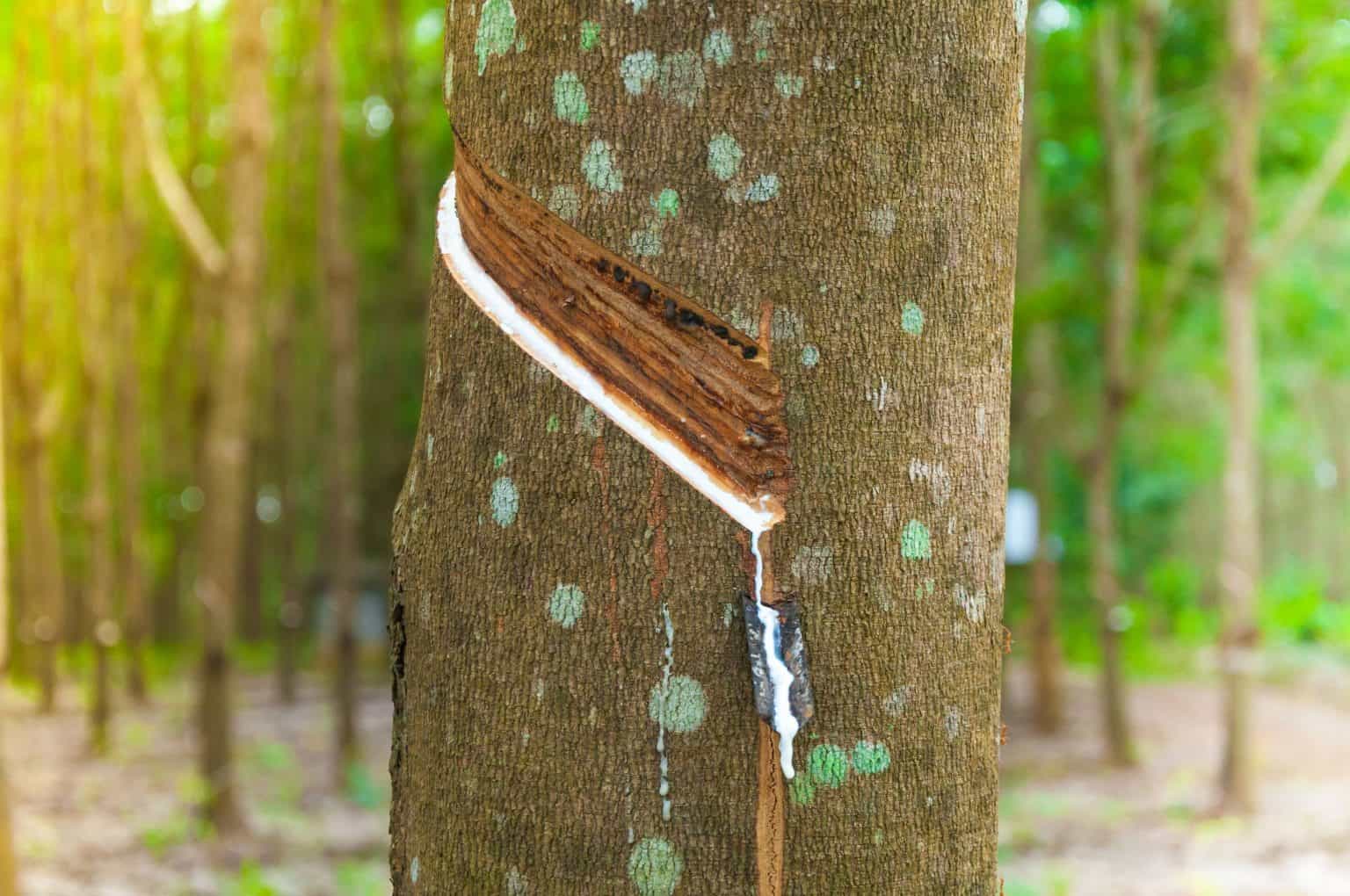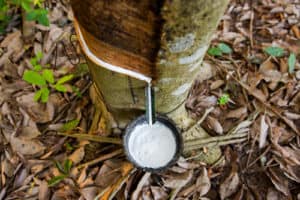Strategy 1 – A team led by Liza Murphy with the support of Proforest has been selected to lead the work on the Assurance Models study, which is expected to be finalised in January 2020 for review by the working group before Executive Committee approval, prior to the General Assembly in March. The working group is now fully staffed with members volunteers looking into identifying co-chairs for the group.
Strategy 2 – After the first working group call, the Capacity Building working group will start working on identifying the priority countries and capacity gaps needed, a work expected to be completed in the months of October – November. Following that, the action plan will be developed and consulted before being submitted to the Executive Committee in March 2020.
Strategy 3 – Enhancing Transparency and Traceability working group composition is currently being finalized to ensure balance amongst the different categories of ordinary members with the expectation to kick-off the first call in November.
All three working groups will be reporting directly to the Executive Committee while keeping regular contact with the Strategy & Objectives working Group to ensure the consistency of work. The Strategy & Objectives working group remains active to review the desired state to include the identified impact metrics, finalise the theory of change, and look at the financial model for GPSNR in coordination with the Strategy 1 – Policy Toolbox working group.
All minutes of the working groups will be available in the members section of the GPSNR website www.gpsnr.org






